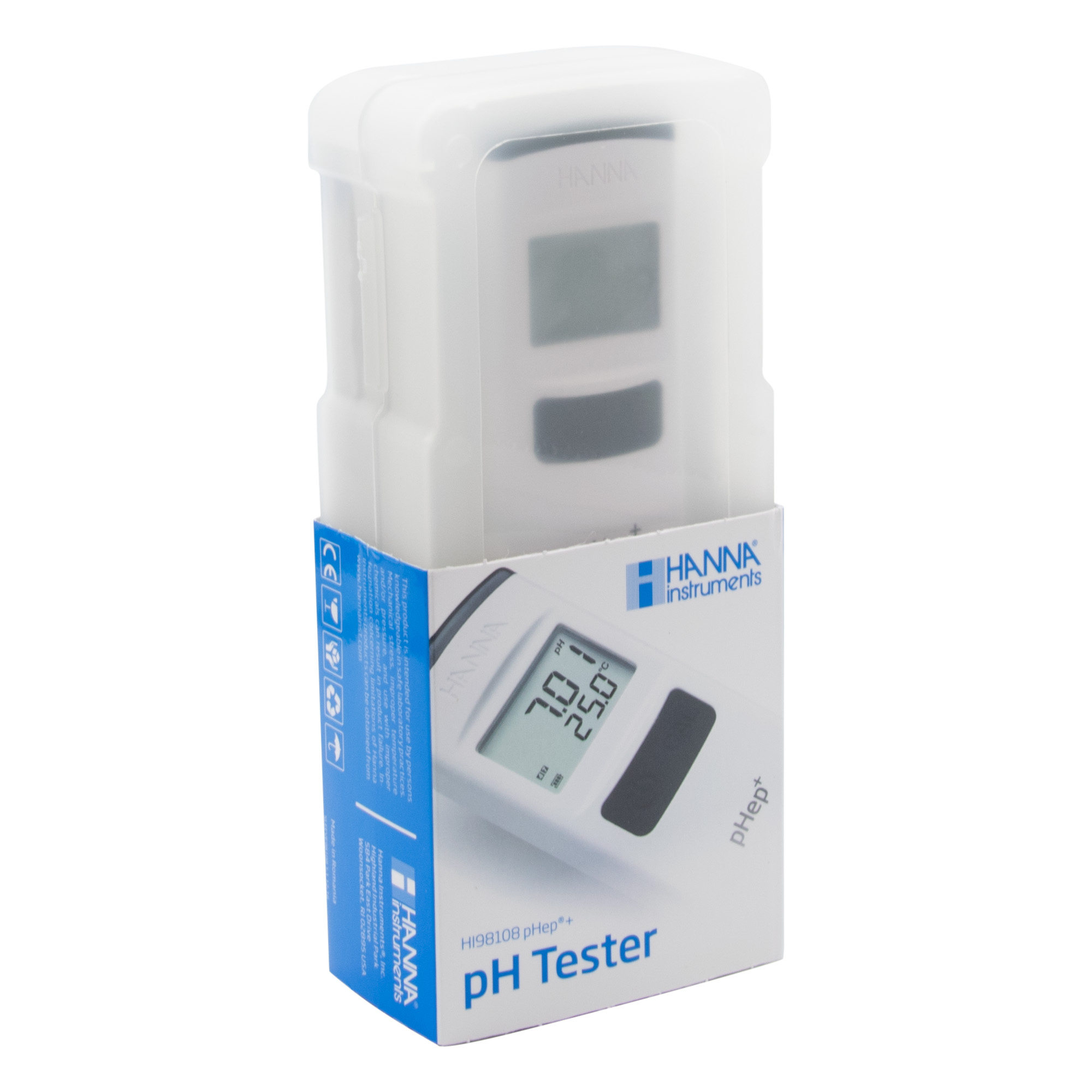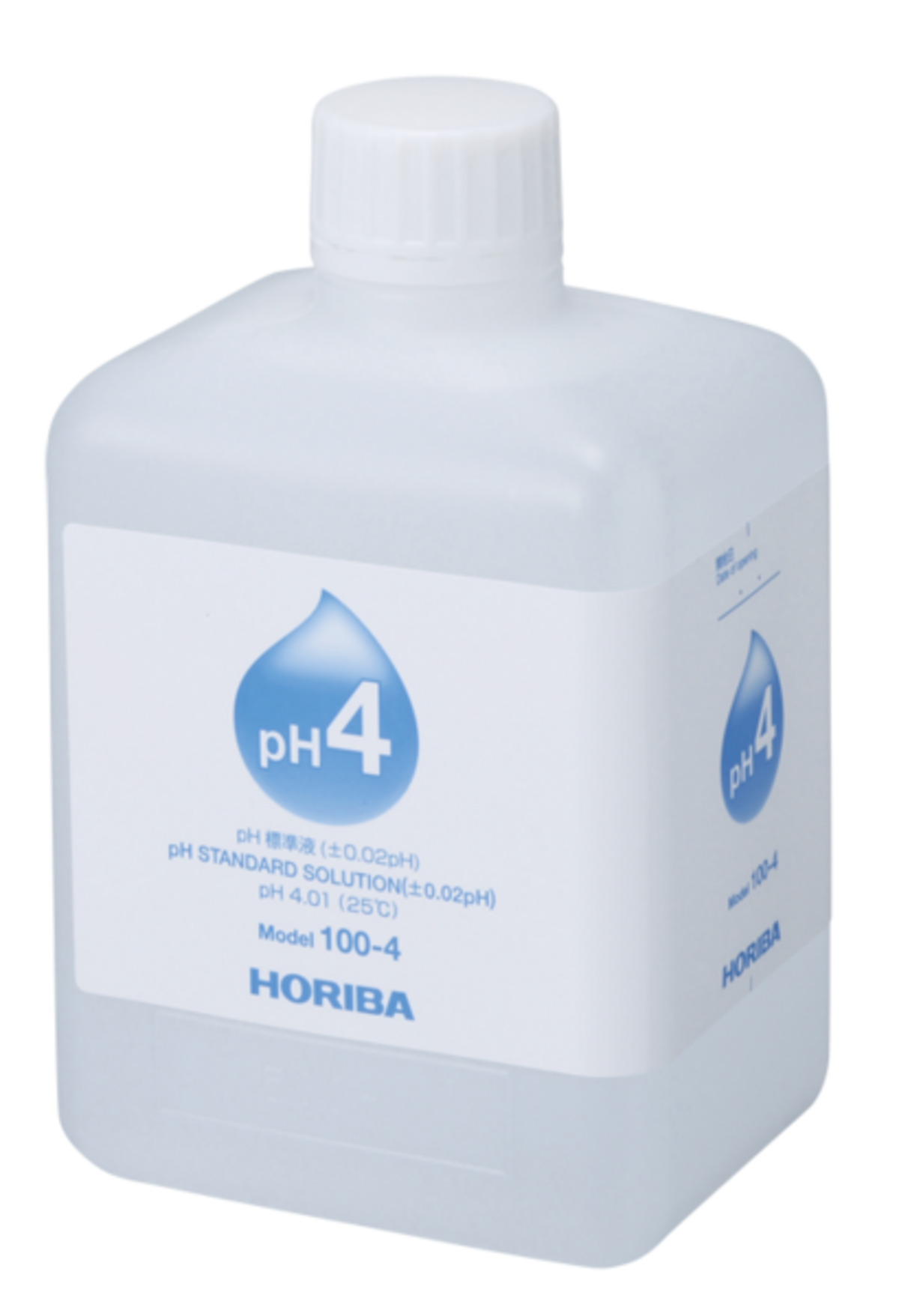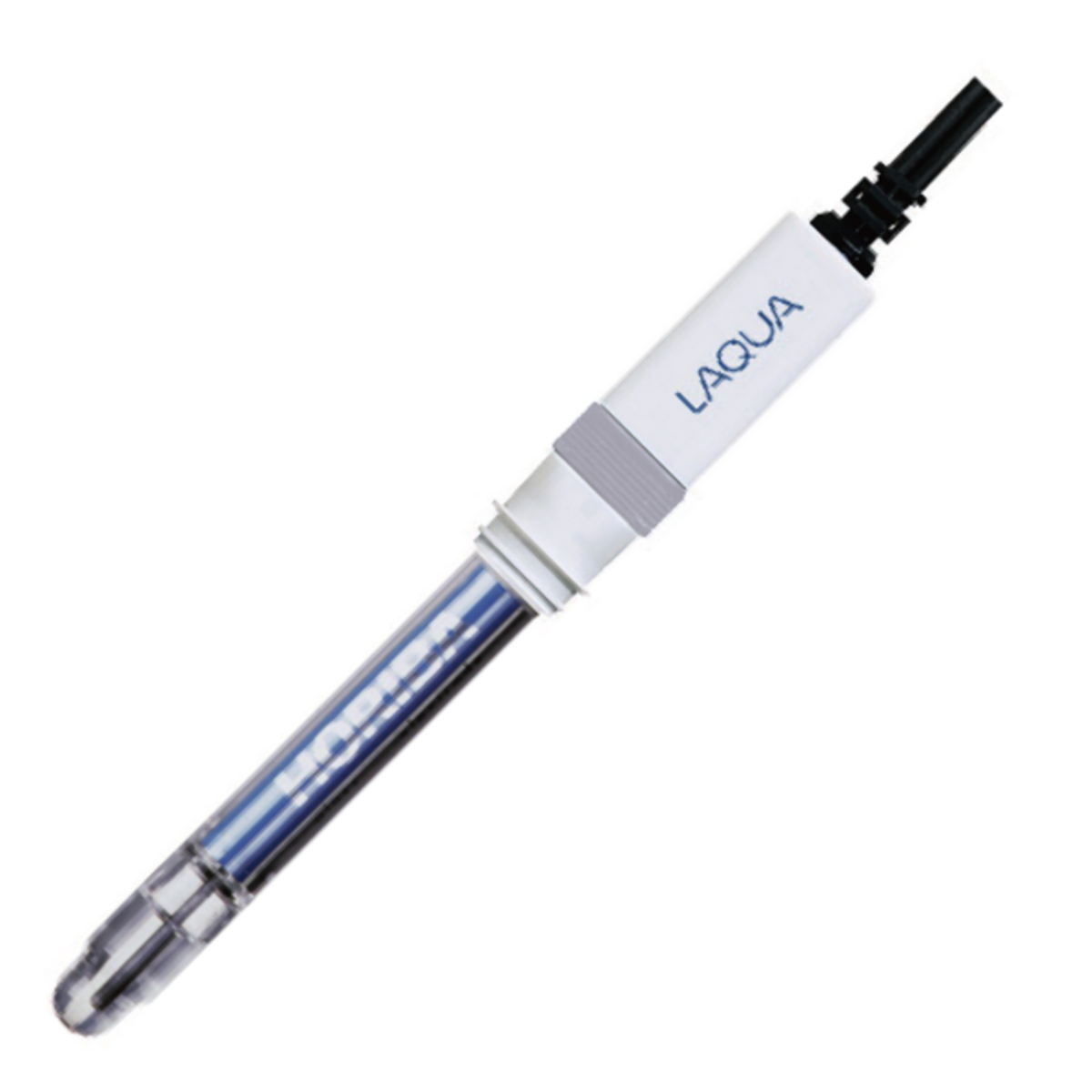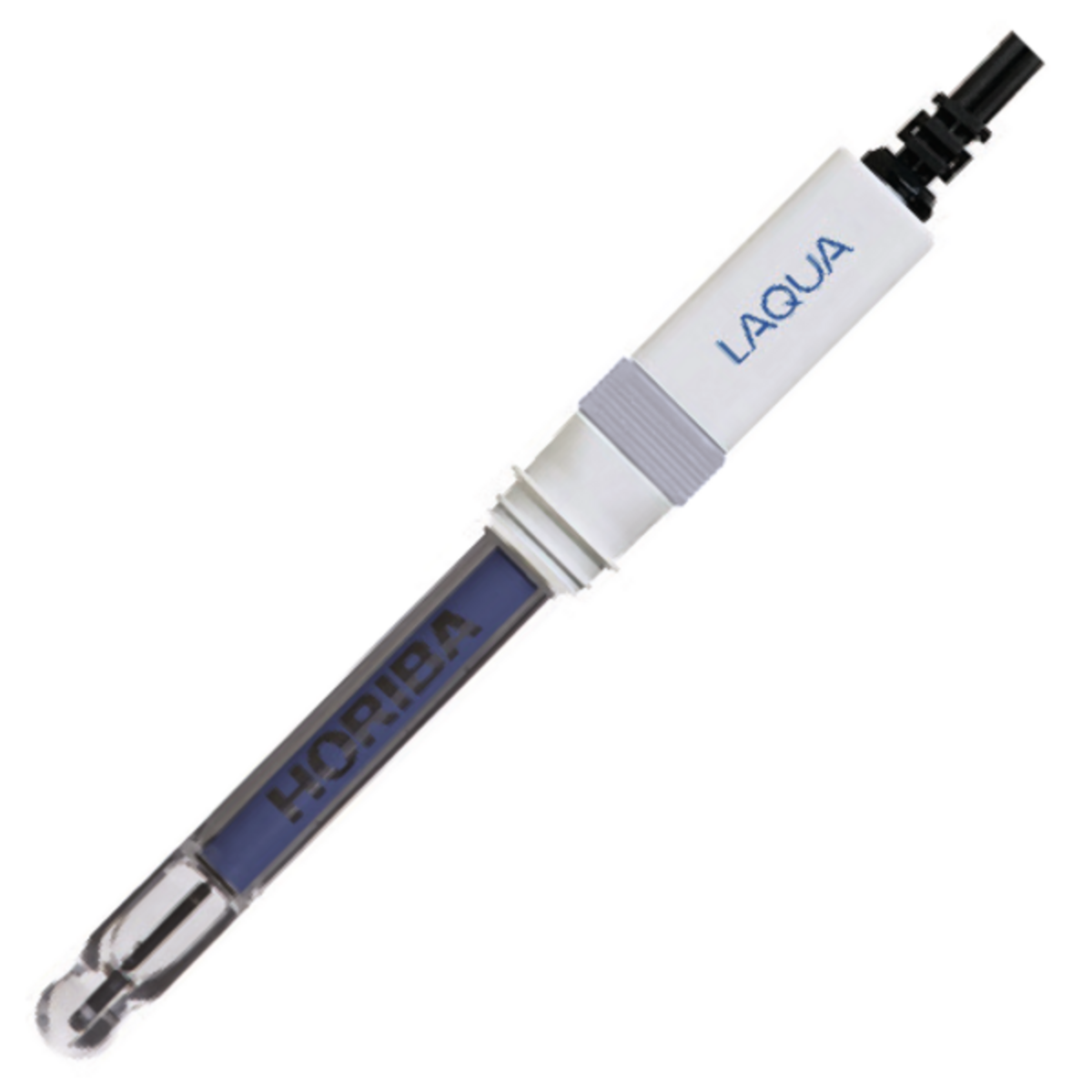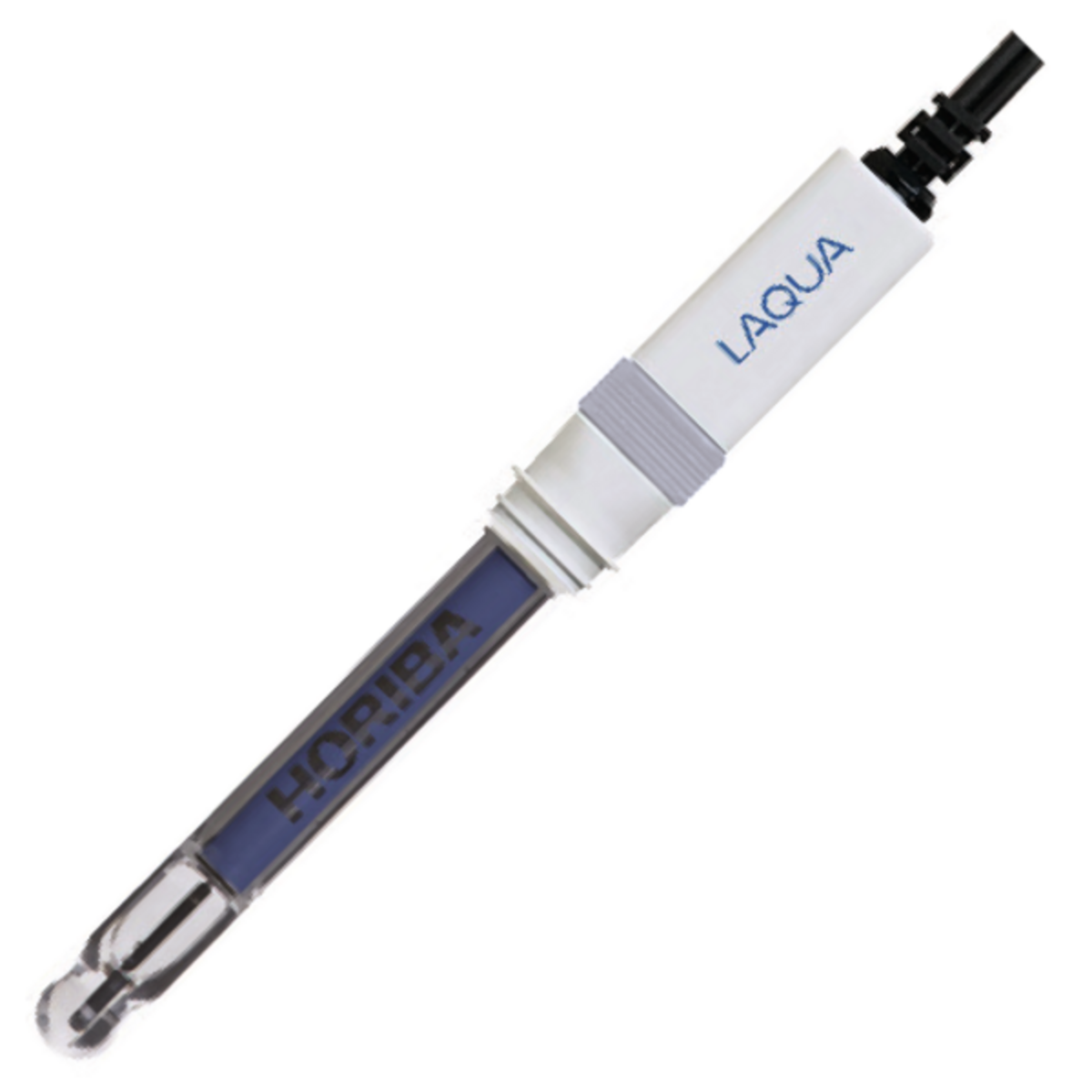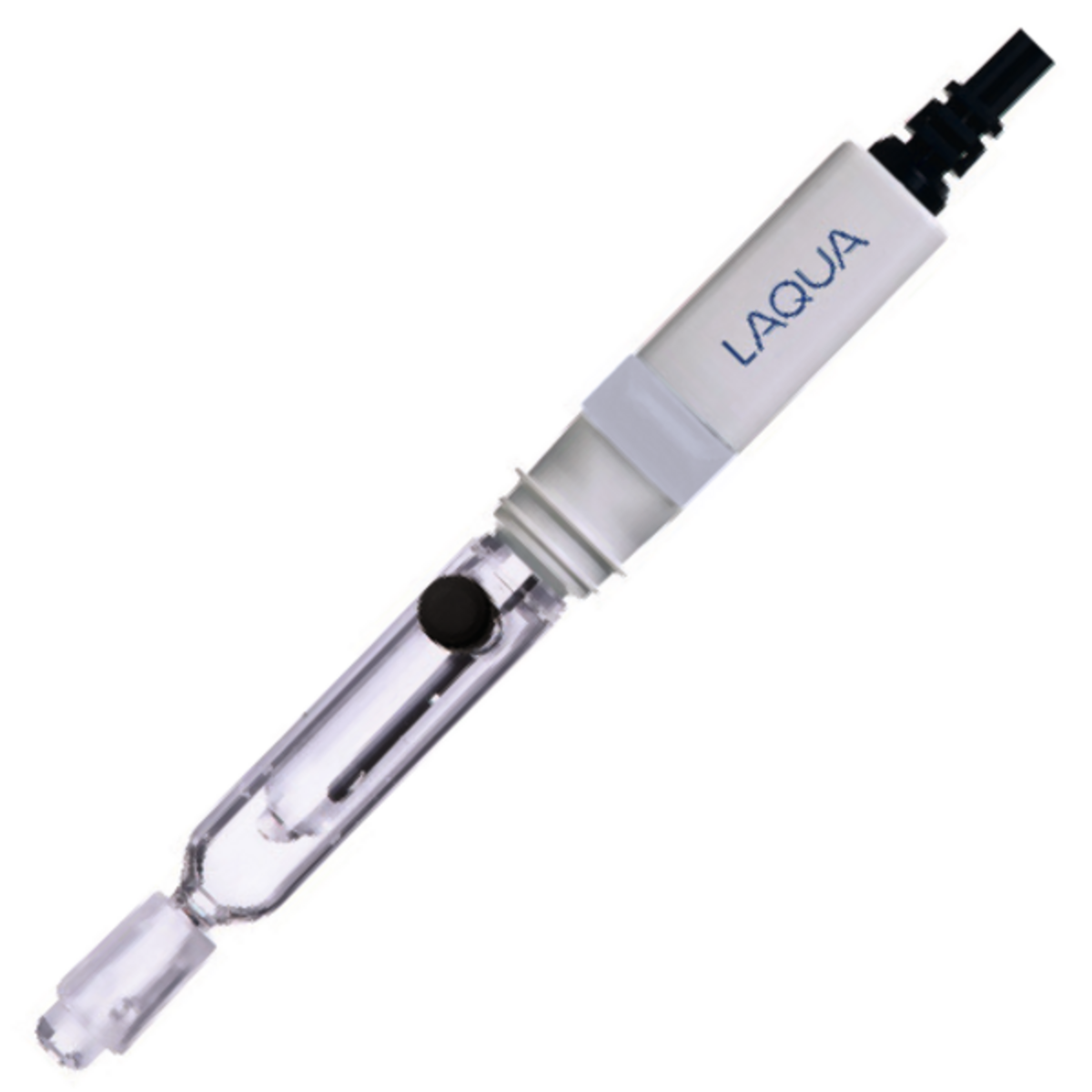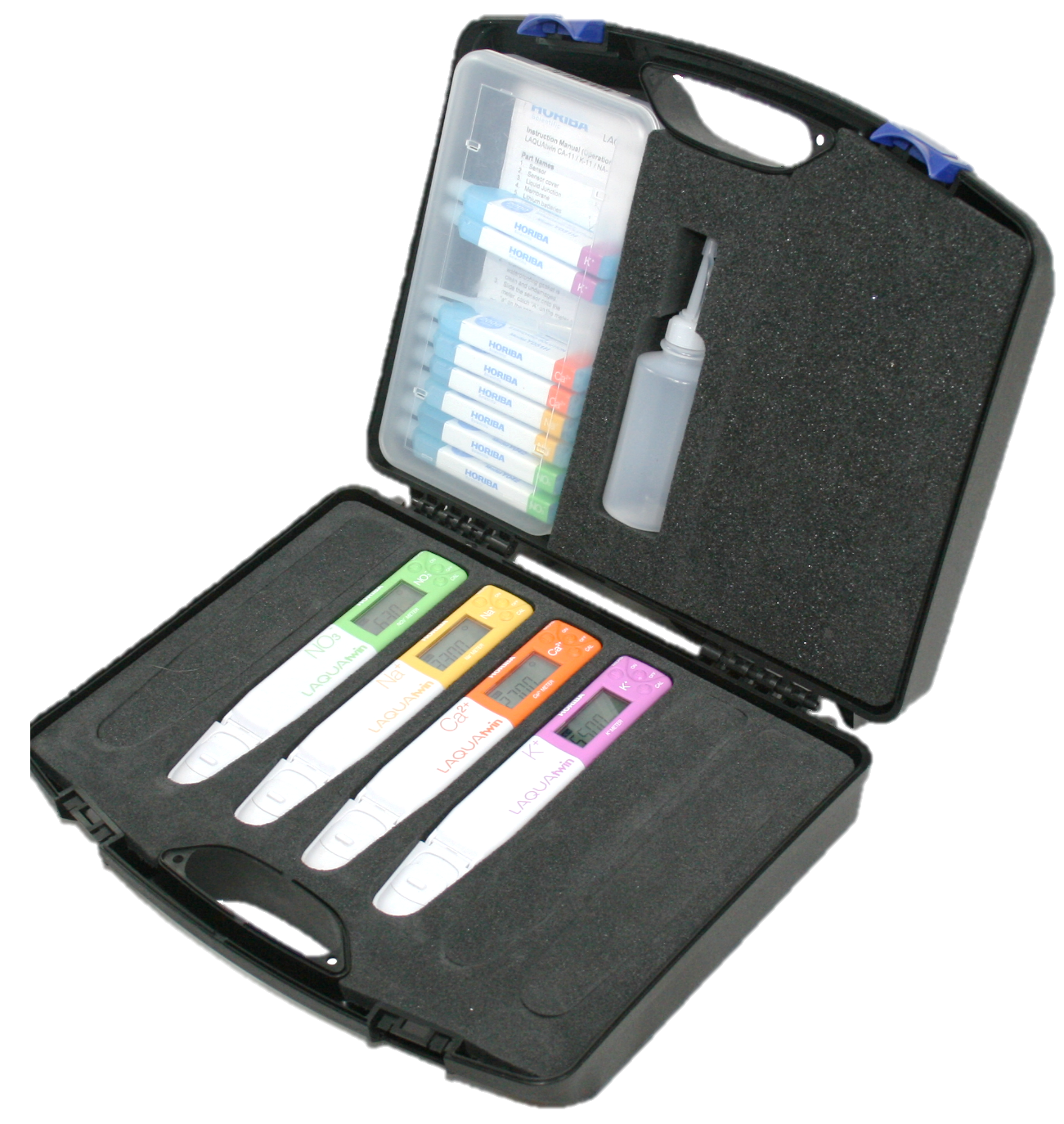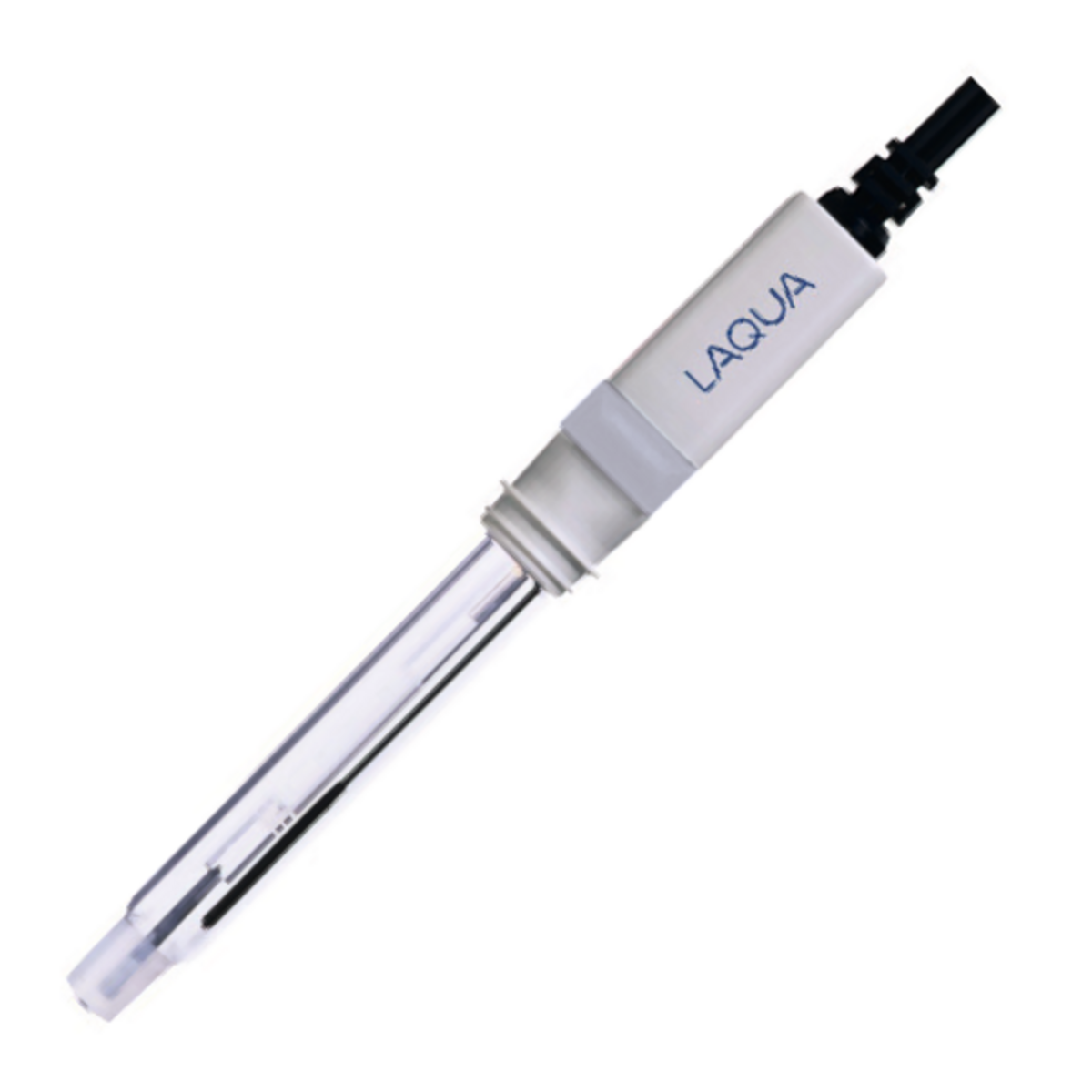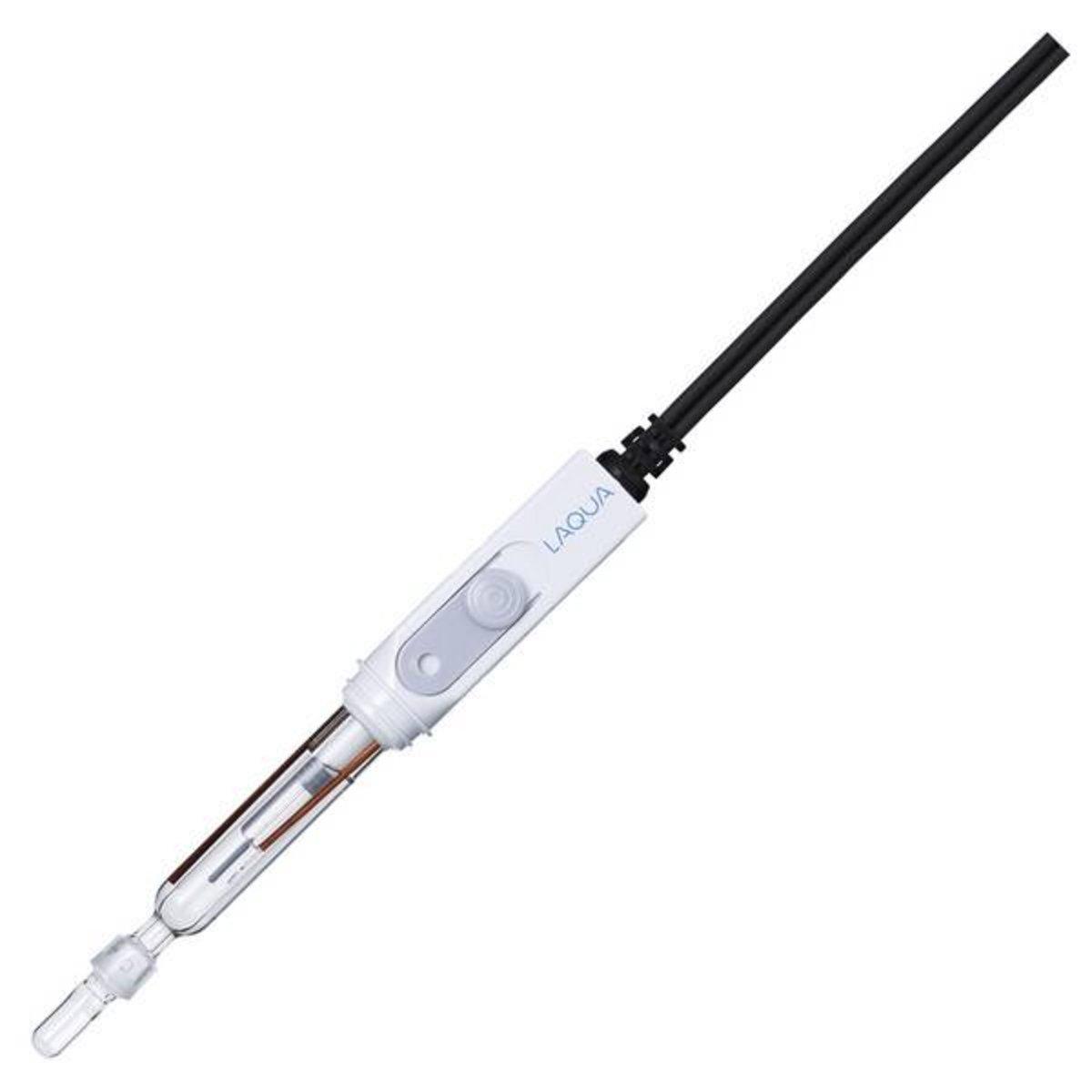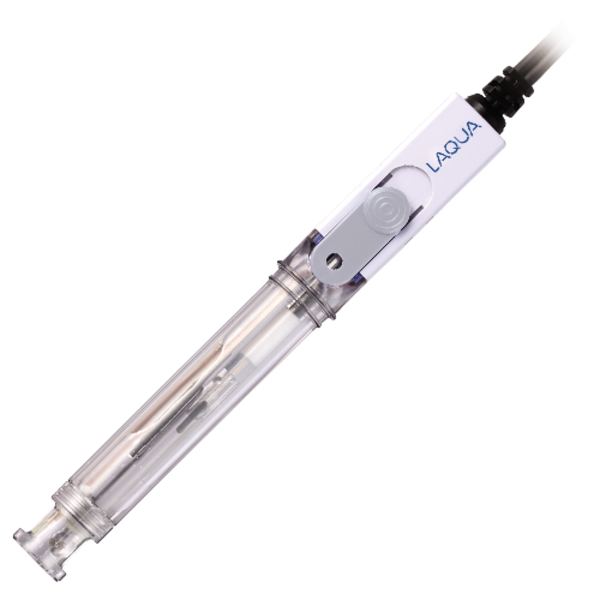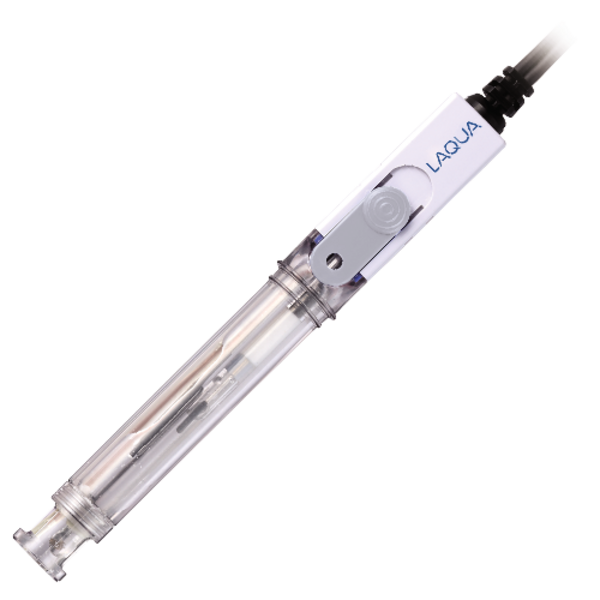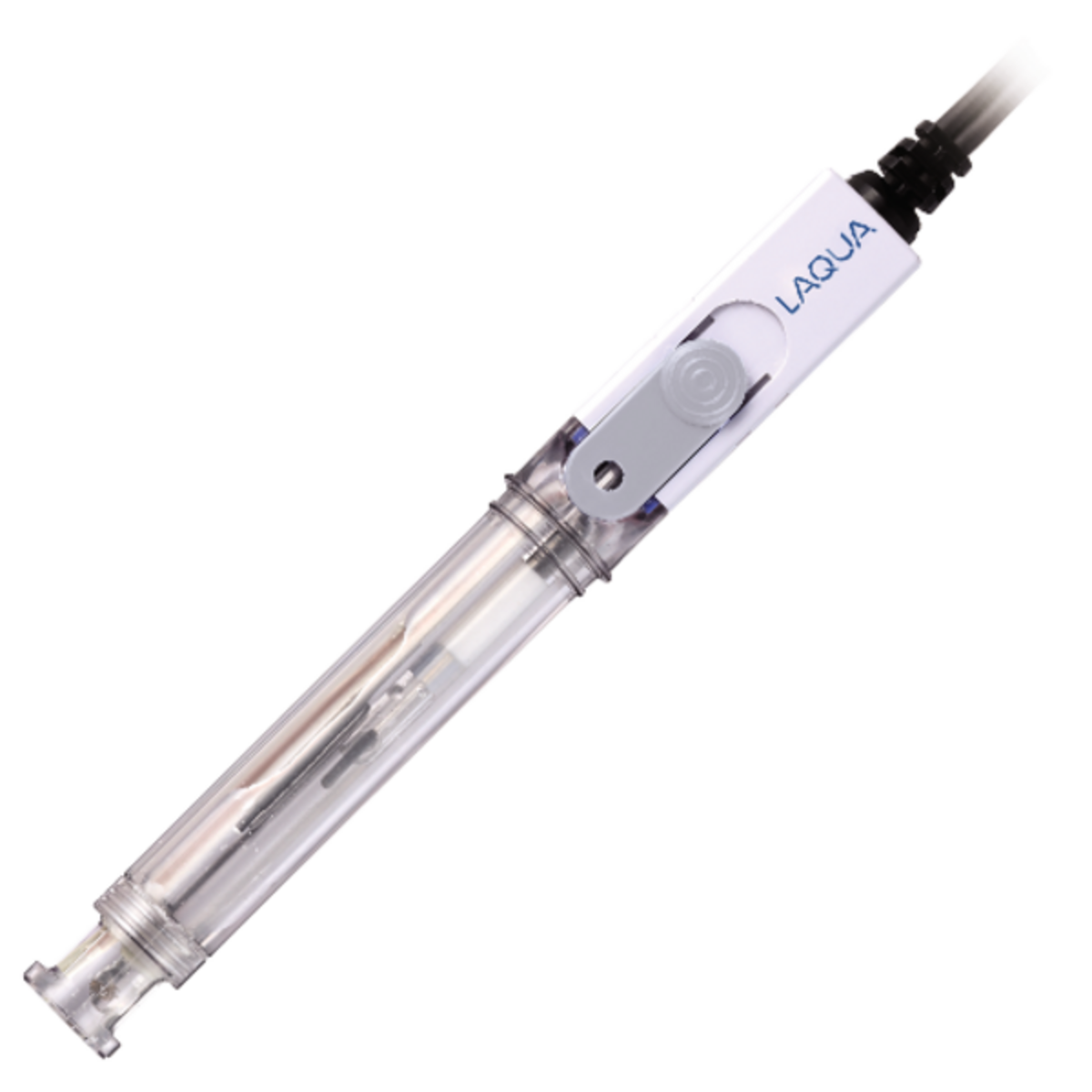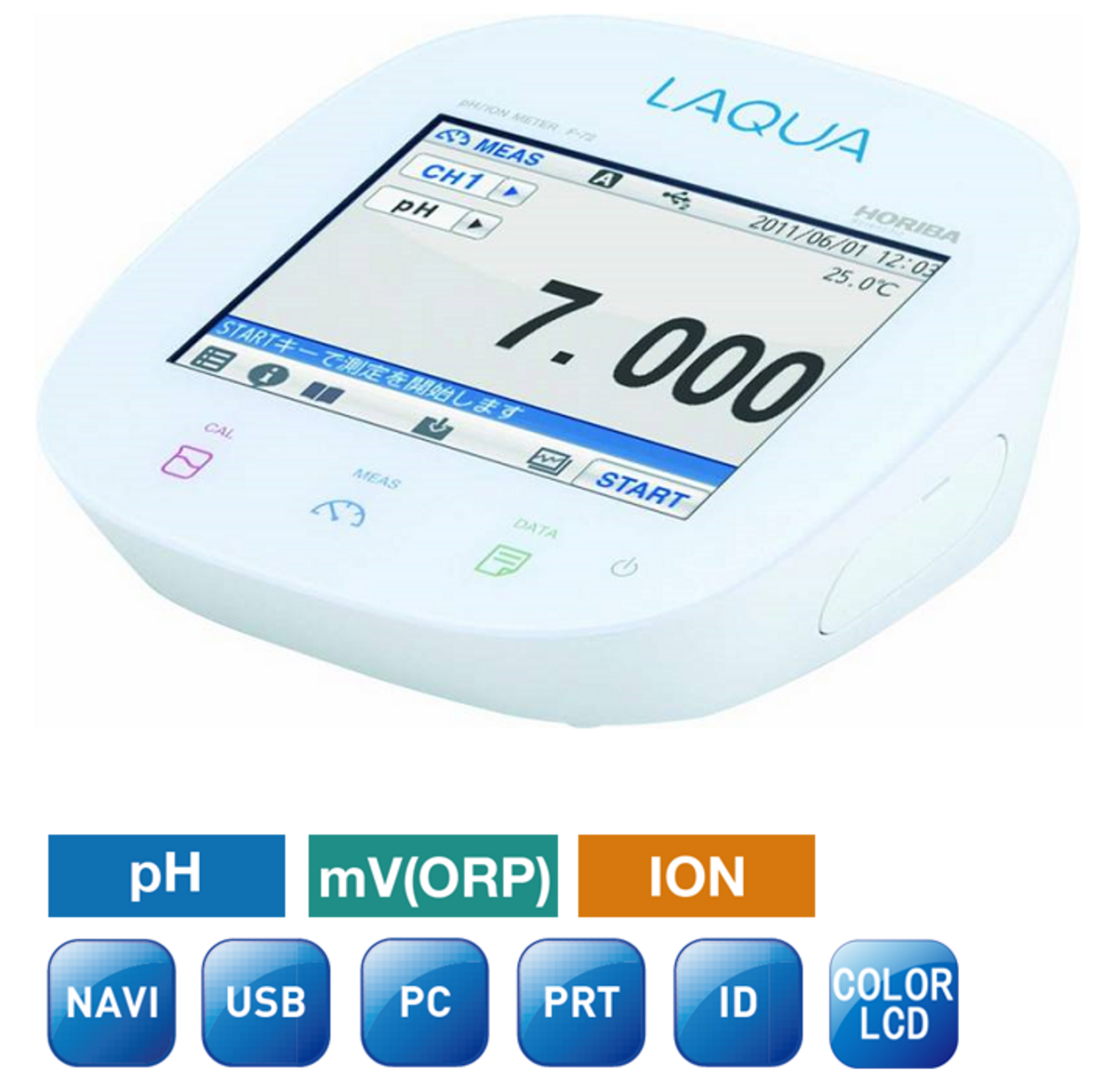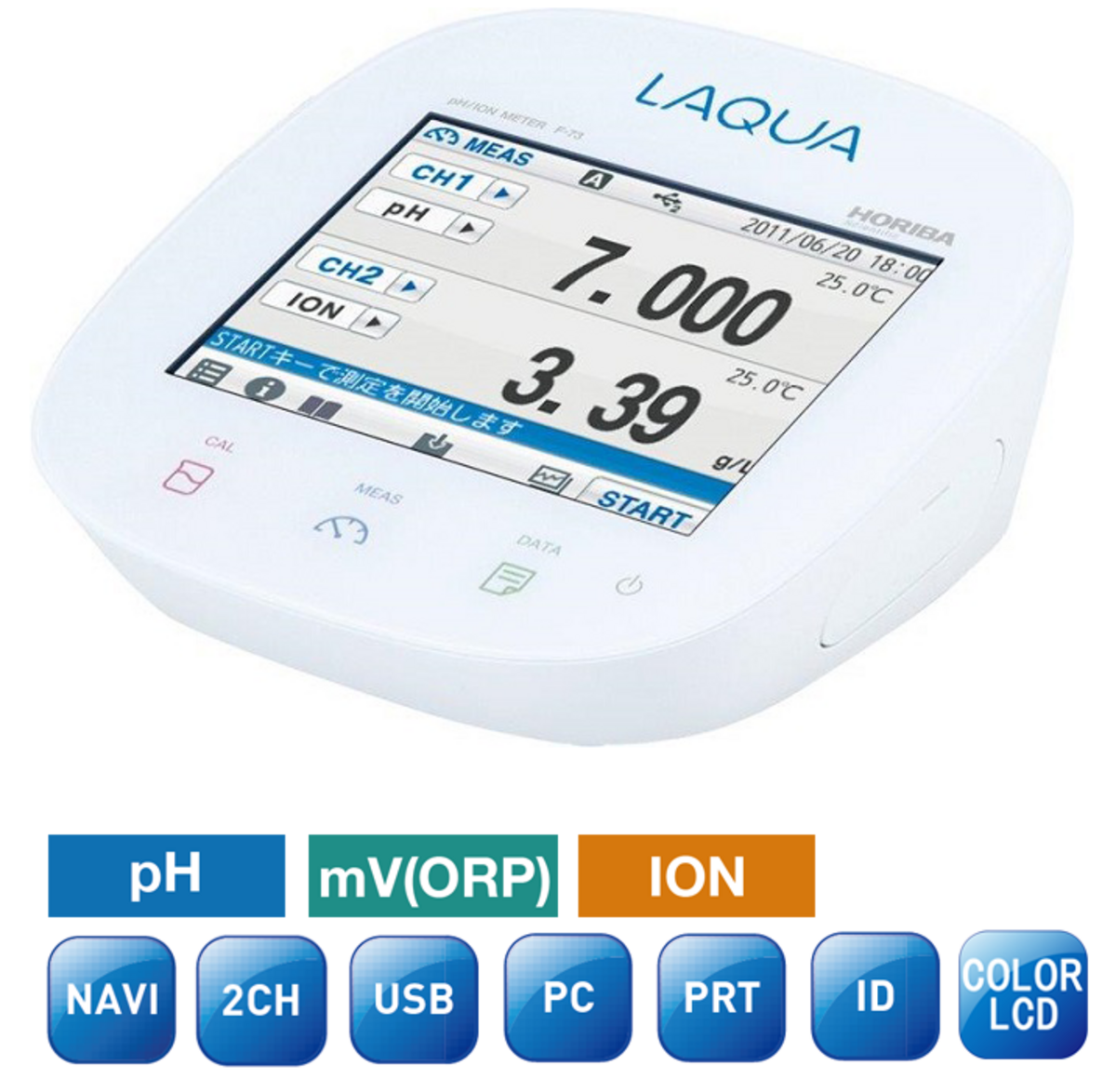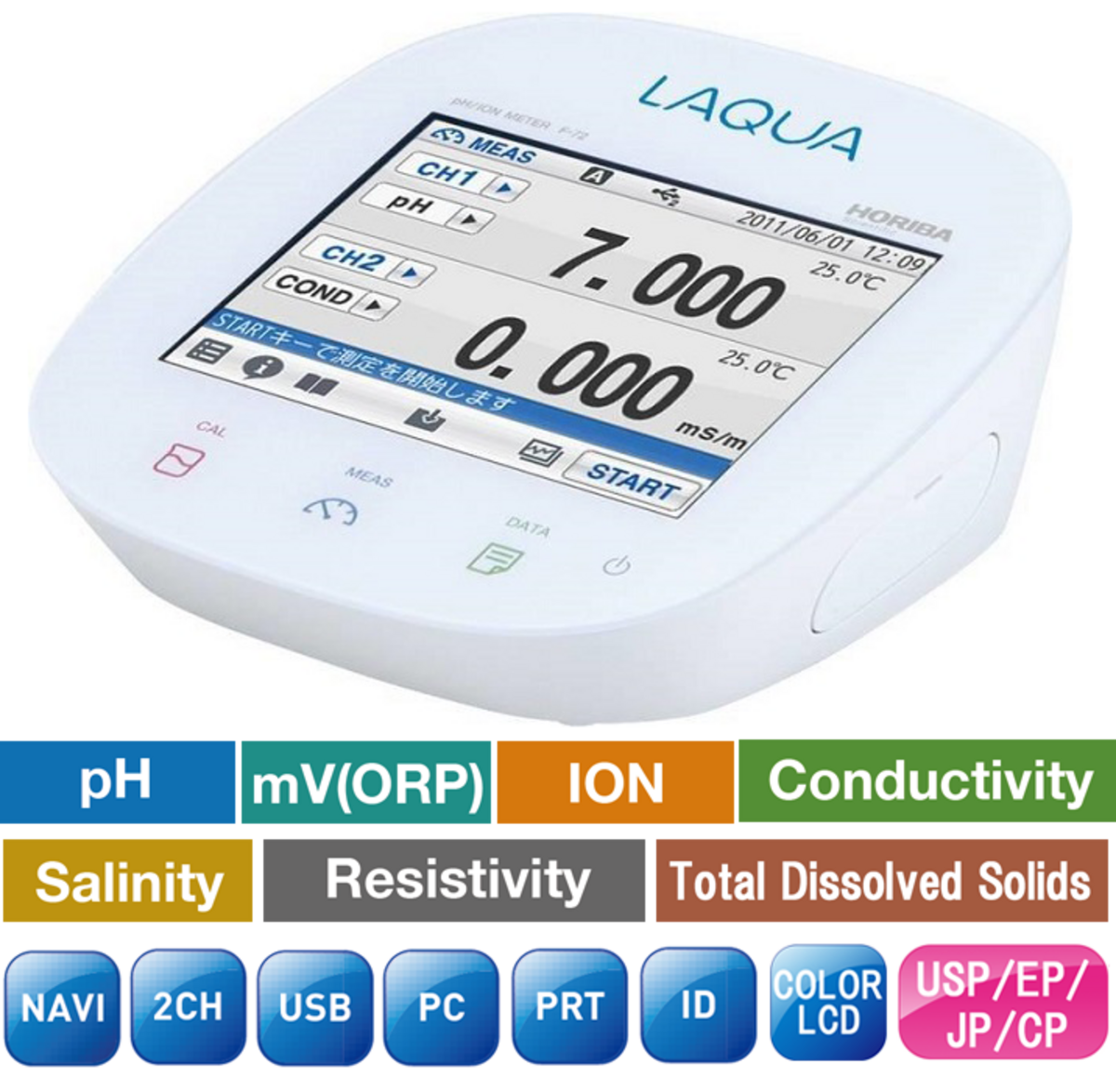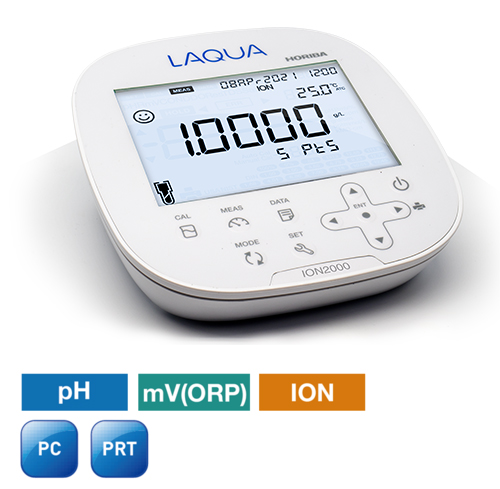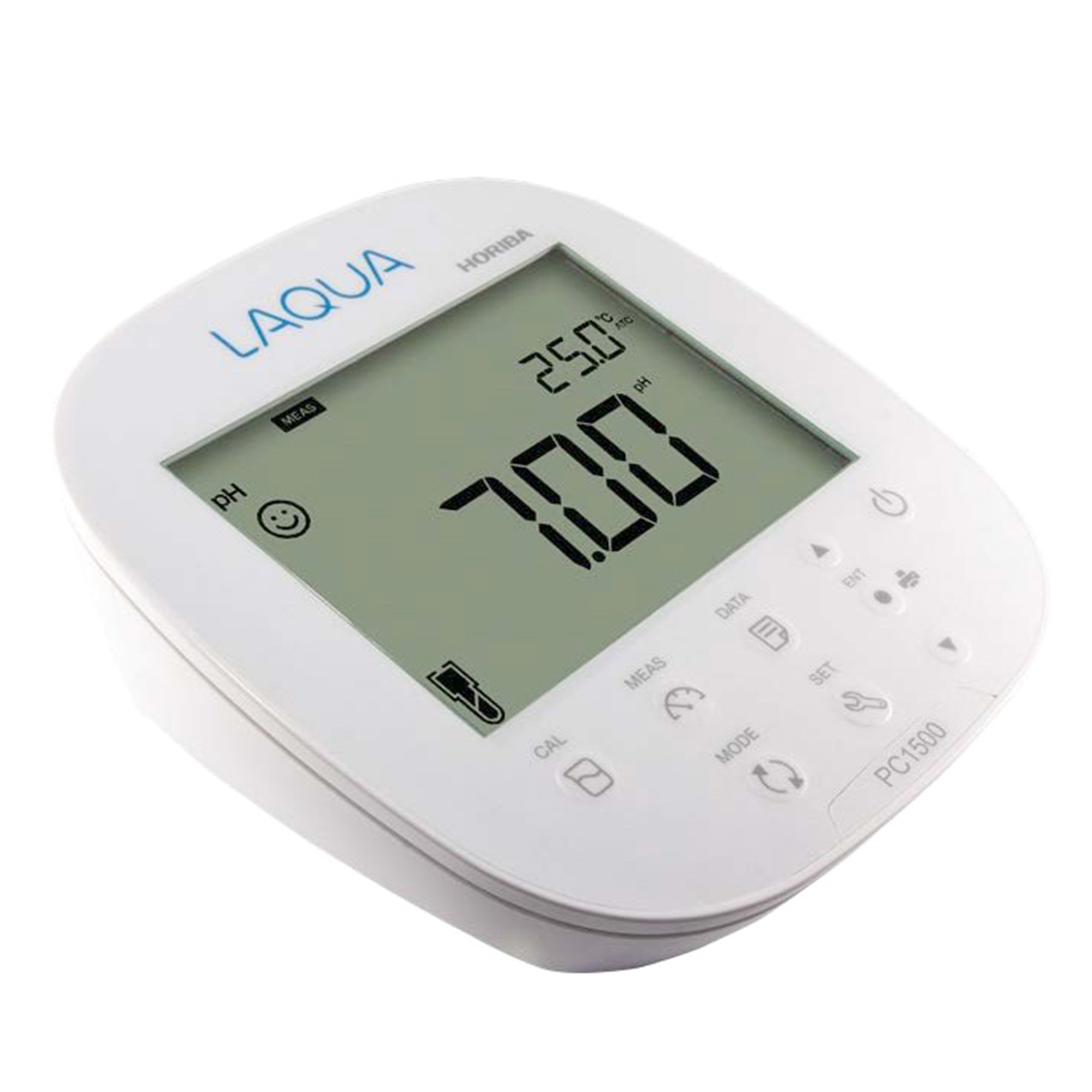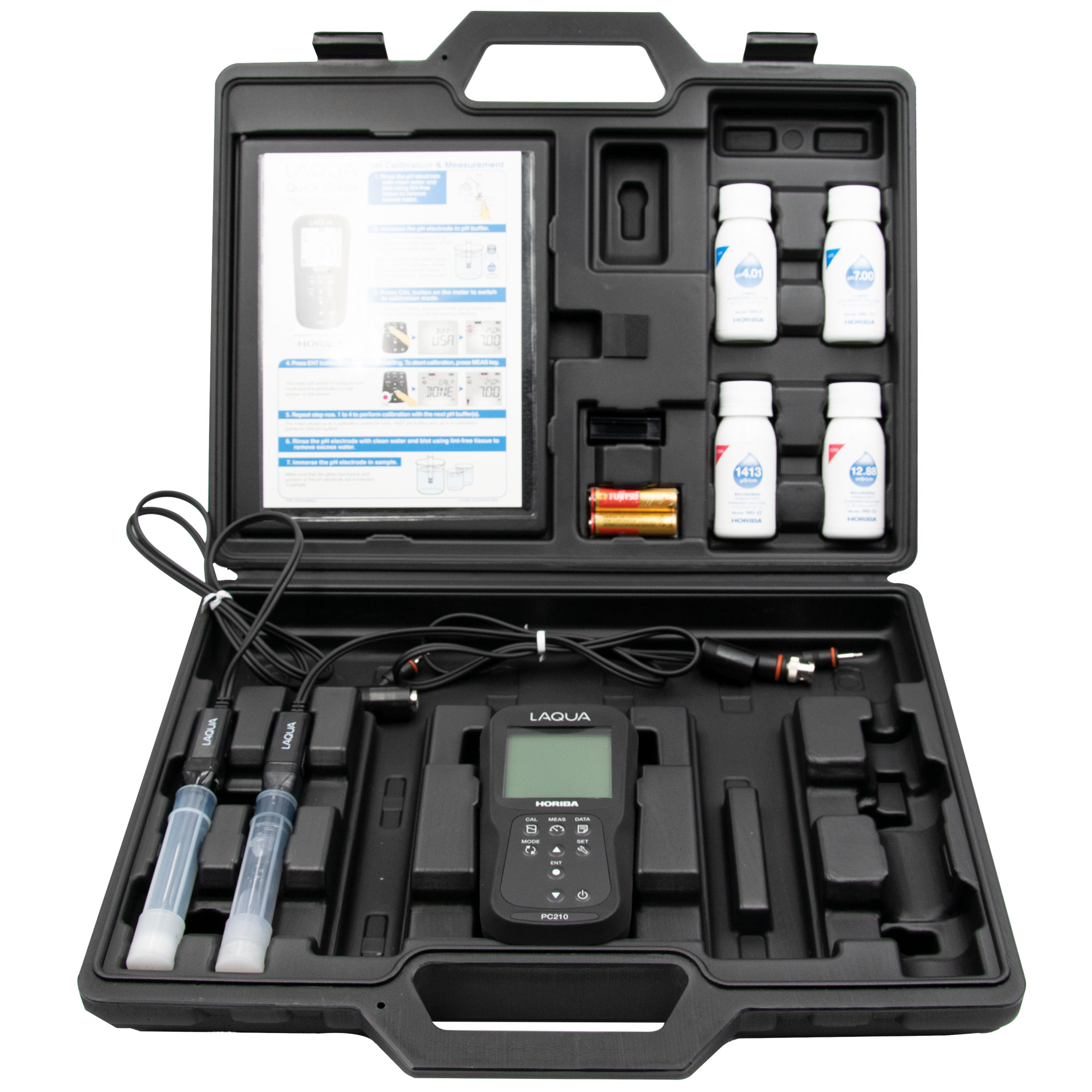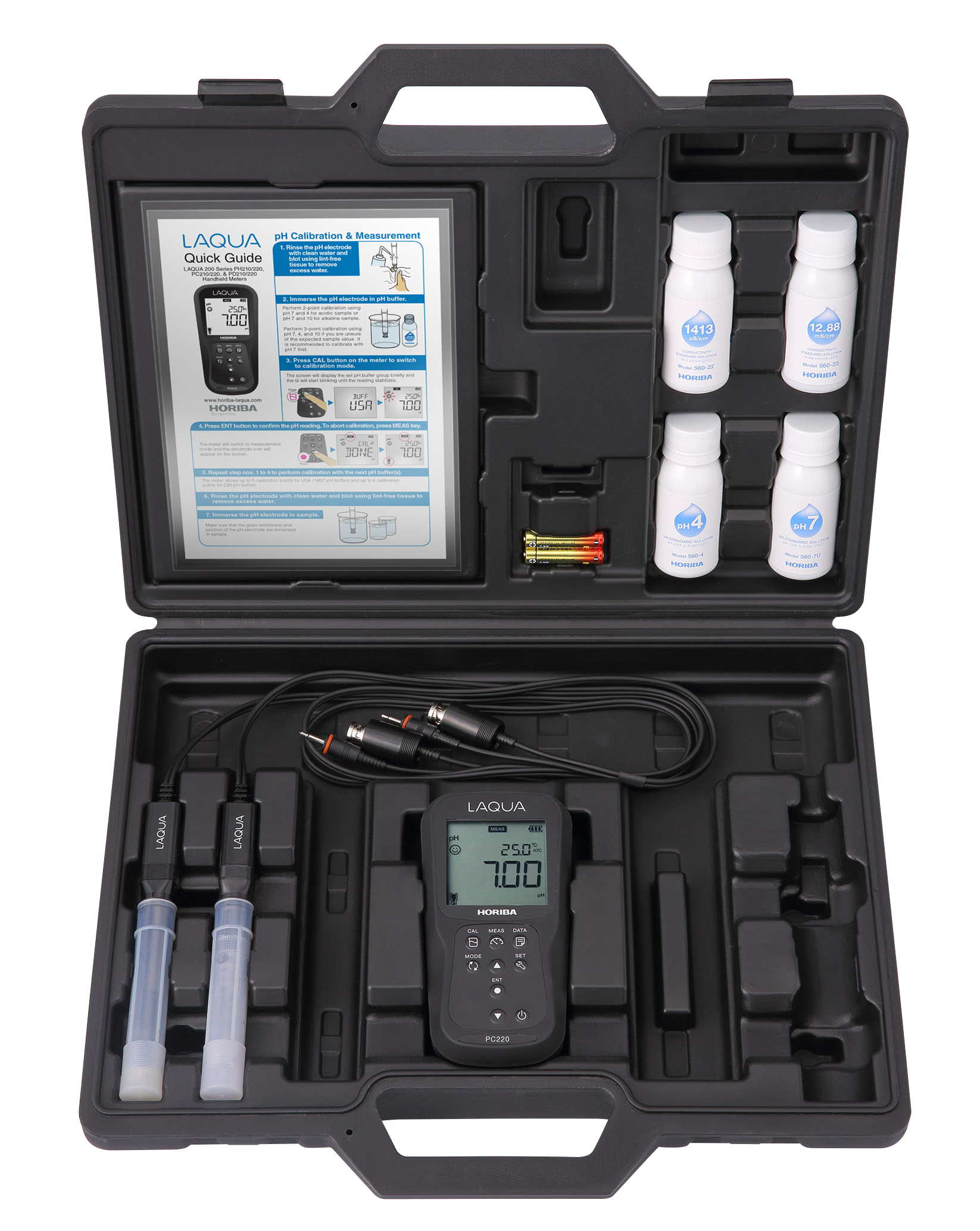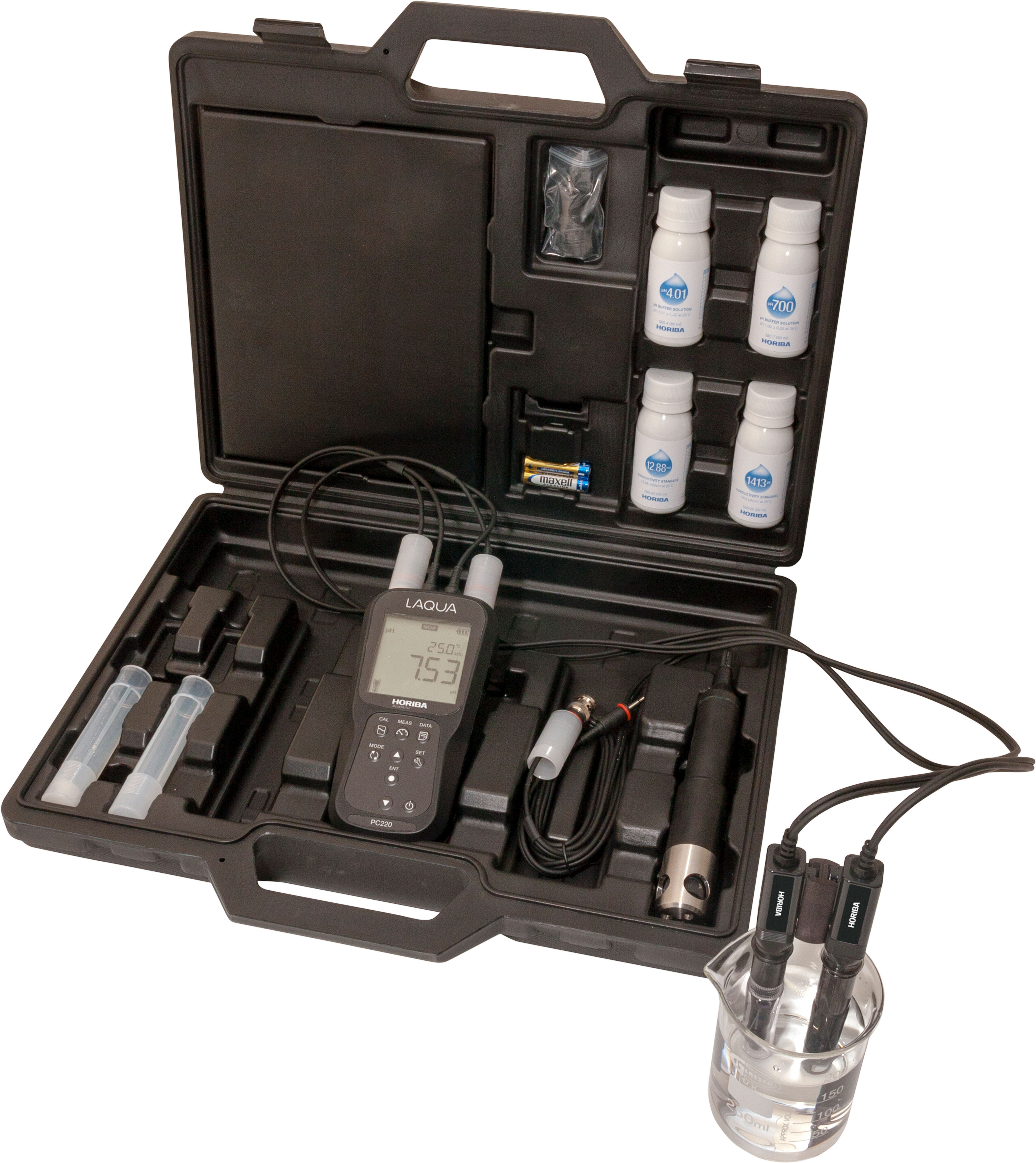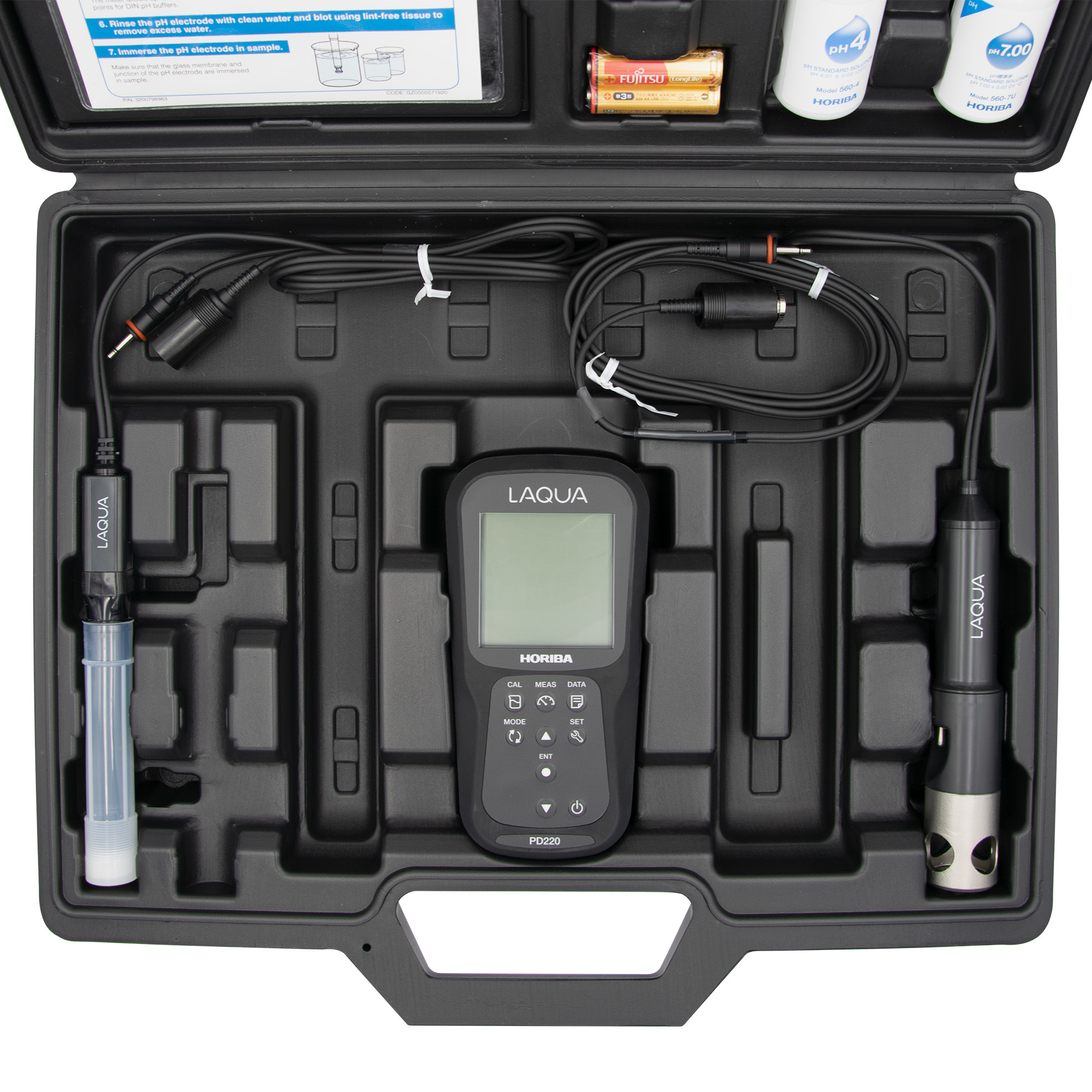You have probably heard or seen the term pH value at least once before. You may also remember experiments in school where litmus paper was used to test whether a solution was acidic or alkaline.
The determination of the pH value is important to determine an important characteristic of a solution. Thus, pH is just a unit that represents a characteristic of a solution, just as the meter is a unit of length. Thus, pH, which is commonly used for water measurements, is a measure of acidity and alkalinity, or the alkalis and bases present in a particular solution.
So what kind of characteristic is represented by pH? The pH indicates how acidic or alkaline a solution is, such as your lemon juice or soap suds, and is generally expressed on a numerical scale of 0-14. Pure, neutral water has a pH of 7. Any solution with a pH below 7 is acidic, and if the pH is above 7, it is alkaline. The numbers on the scale increase with increasing alkalinity, while the numbers on the scale decrease with increasing acidity.
An exemplary measurement of the pH value with a pocket tester can be found in the video link below: Pocket Tester Shop
HORIBA LAQUAtwin pH Meter
- All Products
-
Parameter
- pH
- ORP
- Conductivity and TDS
- Dissolved oxygen (DO)
- Combined - Multiparameter
- Ammonia (NH3)
- Calcium Ion (Ca2+)
- Chlorid (Cl-)
- Iron (Fe)
- Fluoride (F-)
- Free Chlorine
- Total Chlorine
- Gloss
- Iodine (I)
- Potassium Ion (K+)
- Seawater specific gravity (SSG)
- Sodium Ion (Na+)
- Sodium Chloride (NaCl)
- Nitrate Ion (NO3-)
- Salinity
- Turbidity
- Applications
- Application examples
- Quality
- Brand
- Buffer and calibration solutions
- Spare parts and single components
- Plant analysis - sodium, nitrate, potassium, calcium
- Laboratory Benchtop Meters
- Accessories
Filter products

